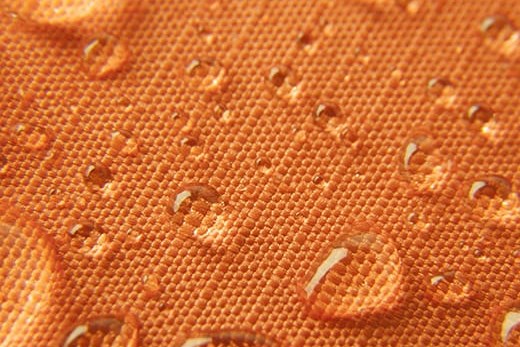Michelman expands surface modification solutions for technical textiles
Water-based technologies, Unyte, aim to advance form and function in woven and nonwoven materials used in the design of technical textiles and prepreg fabrics.

Photo Credit: Michelman
Michelman (Cincinnati, Ohio, U.S.) announced on Nov. 18 that it now helps improve the performance and functional behavior of technical textiles in applications including construction, ballistic, medical and hygiene, automotive, filtration media, prepreg and consumer products.
is Michelman’s versatile family of water-based technologies that is said to help achieve advanced form and function in both woven and nonwoven materials used in the design of technical textiles and prepreg fabrics. These solutions enhance textile products’ performance, Michelman says, by improving adhesion, binding, slip, processability and chemical and heat resistance.
The Unyte family includes:
- Unyte Bind offers multiple solutions that improve fiber-to-fiber adhesion.
- Unyte Heat solutions provide heat resistance during primary and secondary processing and impart heat resistance in end-use applications.
- Unyte Glide increases lubricity and slip and facilitates tow spreading of fibers in technical textile production. This grade of products is also used as oversizing to improve release, drape and fabric processability.
- Unyte Grip promotes the adhesion between fibers and polymeric matrices, helping to improve various functional or mechanical properties.
- Unyte Slip helps prevent fabrics, nonwovens and prepregs that need to be stacked or rolled without sticking together.
- Unyte Resist products are designed to provide excellent wet-out and moisture/chemical resistance to fabrics, wovens and nonwovens.
“Our proven expertise in formulating water-based surface treatments, including sizing, binders and film formers, strengthened by our understanding of end-use applications, provides technical textile manufacturers a set of sustainable solutions offering various functionalities that can be applied at the fiber level or as an overtreatment to the textile,” explains Jared Stonecash, global marketing manager for Fibers & Composites.
Related Content
-
Low-cost, efficient CFRP anisogrid lattice structures
CIRA uses patented parallel winding, dry fiber, silicone tooling and resin infusion to cut labor for lightweight, heavily loaded space applications.
-
Revisiting the OceanGate Titan disaster
A year has passed since the tragic loss of the Titan submersible that claimed the lives of five people. What lessons have been learned from the disaster?
-
Plant tour: Collins Aerospace, Riverside, Calif., U.S. and Almere, Netherlands
Composite Tier 1’s long history, acquisition of stamped parts pioneer Dutch Thermoplastic Components, advances roadmap for growth in thermoplastic composite parts.



